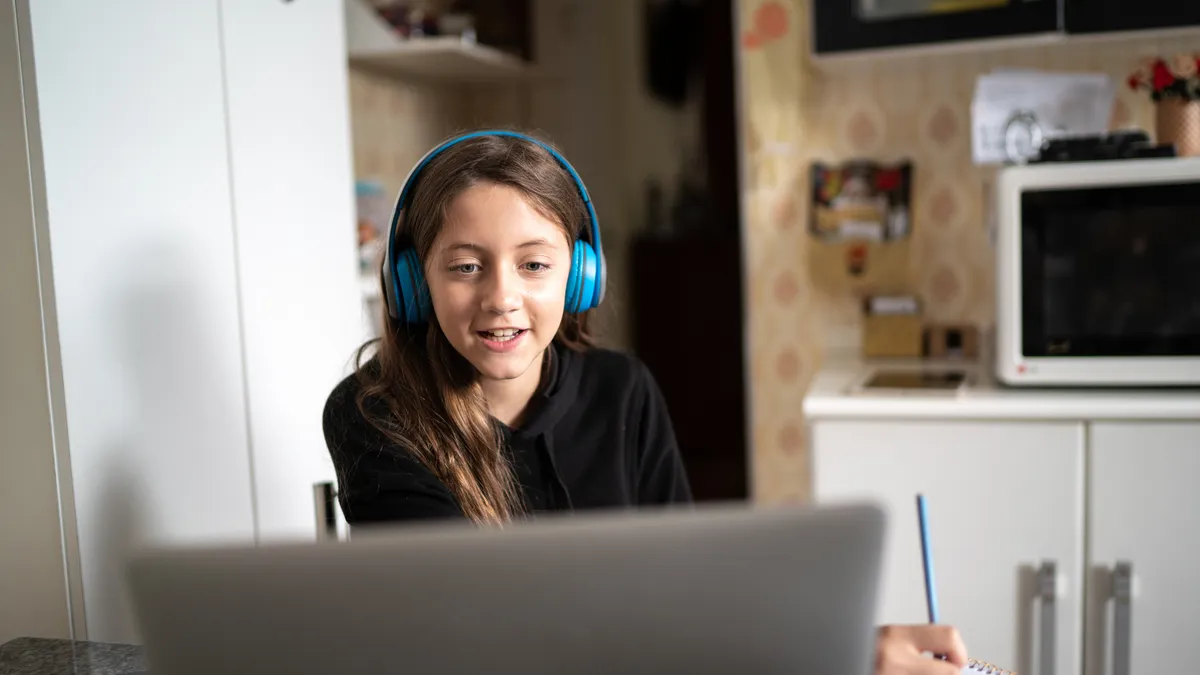Dive Brief:
- In California's Compton Unified School District, summer school instructors Jose Gonzalez and Darleen Perez navigated distance learning hurdles so students could program robots remotely, District Administration reports.
- Students attending class over Zoom were tasked with programming robots, which were placed on a giant world map covering a classroom floor, to journey from one Latin American country to another as they researched and answered questions about each destination.
- Cameras were mounted around the room and on the robots so students could watch as the math they used to send the robots to each country was put into play in real time.
Dive Insight:
Prior to the onset of the coronavirus pandemic, the average U.S. public school teacher likely had little to no experience with running a distance learning environment. School closures nationwide forced them to adopt and adapt to this model practically overnight in March as they scrambled to salvage what they could of the 2019-20 academic year.
In that time, a number of innovative educators have risen to the occasion, and their efforts — as well as ongoing professional development put into place during the spring and summer — have helped to inform best practices as schools prepare for a new school year that will remain online to varying degrees for many in the fall.
The example of remotely programming robots in Compton USD demonstrates the breadth of possibility technology can provide when educators think outside the box. While there's plenty to be said for the benefits of face-to-face interaction and collaboration, a little ingenuity can help online lessons come as close as possible to replicating that.
Other examples on this front can be found in efforts to translate the arts to an online model. While providing supplies and effectively evaluating creative assignments proved to be a challenge for arts educators, many were able to work around this by adapting projects so students used materials available to them in their homes or providing take-home bags with various supplies, some of which was contributed by community partners. And with just about every phone having a camera these days, many students were able to easily submit images of their finished works.
These early examples of educational ingenuity and the best practices they've helped to inform bode well as schools continue to face challenging instructional, logistical and financial environments in the coming school year.













